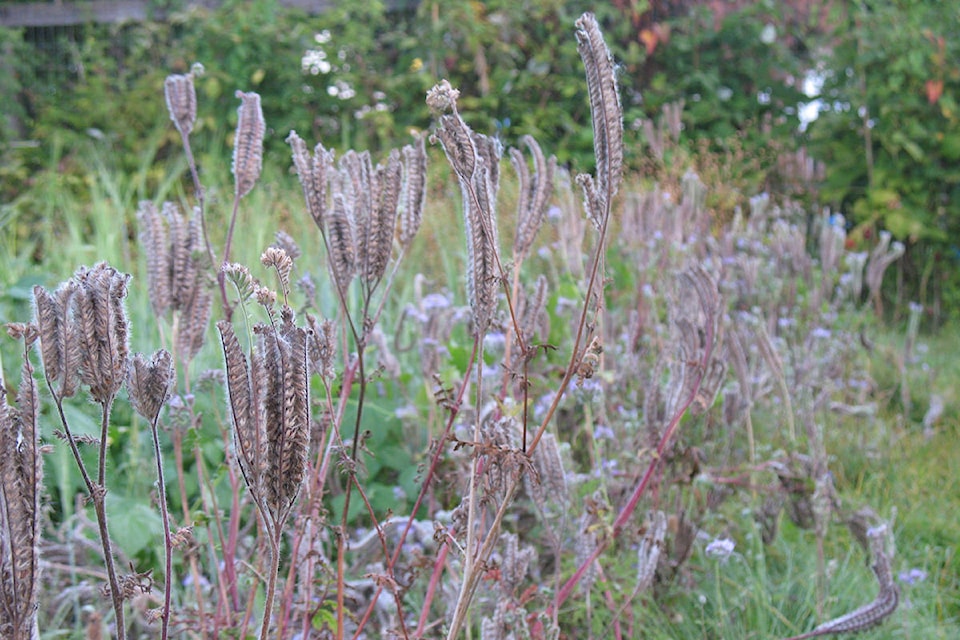By Mary Lowther
I’ve referred to using cover crop before because it’s a necessary part of my garden planning. Cover crop is any plant used to clean and build soil and prevent erosion. We don’t harvest a cover crop and instead dig the tops under when they’re immature and soft, cut the tops down and leave them where they lay, or compost the tops and allow the roots to rot in the soil where they provide nutrients and air spaces for soil organisms.
Cover crop differs from fallowing in that a fallowed field has not been sown with anything, but is just left to its own devices growing weeds that are then treated the same way as cover crop. Weeds add nutrients to the soil and are better than nothing, but cover crops don’t go to seed as quickly as weeds and are easier to dig under, unless it’s winter rye that’s been allowed to go to seed.
Farmers have been sowing cover crops since Roman days and probably before that, so this is nothing new. I’m a good copycat and can follow what farmers before me have found to be useful, but I like to experiment a bit. For example, legumes and grasses are recommended to be used in conjunction: legumes add nitrogen to the soil and grasses add massive amounts of roots. But they flower at different times, so if I want to dig them under or cut them down when they’re soft enough to handle, I’ll need to do this before either one goes to seed because that’s when plants become tough and difficult to cut down. I also want to let them flower to feed bees and other pollinators, so if I dig everything under once one type has flowered, pollinators will not have been able to feed on the other crop. So I plan on sowing one type of cover crop at a time, making sure that I eventually sow legumes and grasses in each bed.
When planning my rotation of crops, I include a cover crop rotation so that the soil is never bare and one bed goes through the whole season under a cover crop. Spring and summer crops like buckwheat and vetch flower early and are good to sow between crops, while overwintering cover crops like fava beans and fall rye grow well during cooler autumn days.
A flower called phaecelia also works well as a cover crop. Blooming all summer until well into fall, phaecelia attracts bees and provides them with high quality nectar. Its dense root system improves soil structure and builds nitrogen into the soil, and the plant is drought tolerant and remains soft to dig under even when gone to seed. I have not found phaecelia available as a cover crop seed so I bought just one packet last year, hoping to save enough seed to use as a cover crop. Phaecelia from this one packet grew in abundance, producing copious amounts of seed that I intend to cover a bed with this year, saving the seed again to use the following year. I’ll sow this crop by itself in the spring and then undersow with fall rye in mid summer that will take the bed through the winter. Undersowing means to sow seed underneath plants that are already growing. The cool canopy of phaecelia should protect fresh seeds from sunburn and birds, and I’ll water them by hand until the rye sprouts.
In late fall the rye should be just a few inches high, so I’ll cut down the phaecelia above this and after removing the seeds, toss the rest into the compost heap.
Please contact mary_lowther@yahoo.ca with questions and suggestions since I need all the help I can get.
